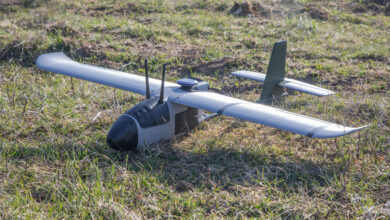DARPA Unveils Program to Preventively Treat Bloodstream Infections in Soldiers
The Defense Advanced Research Projects Agency (DARPA) has introduced an initiative to develop preventive treatments for bloodstream infections due to battlefield trauma.
The Synthetic Hemo-technologIEs that Locate & Disinfect (SHIELD) program will aim to produce a combat casualty care post-trauma that binds, clears, and eliminates bacteria and fungi causing bloodstream complications for warfighters inflicted with blast wounds, gunshots, or burns.
These solutions will be implemented according to a pathogen-agnostic therapeutic approach before infections become a health risk.
Resulting therapies are expected to protect an injured soldier from known and emerging infectious threats for up to a week.
SHIELD Program
Bloodstream infections are “persistent and deadly threats” to military and civilian populations.
However, they are more prevalent in troops following trauma and challenging to treat due to antibiotic resistance, delayed diagnosis, and toxicity of treatments, most notably in anti-fungal infections.

“SHIELD is designed to develop innovative approaches to create safe and effective broad spectrum medical countermeasures that can defeat fungal and bacterial pathogens, thereby preventing serious disease and death,” SHIELD Program Manager Dr. Christopher Bettinger explained.
“While many of us may be familiar with the idea of antibiotic-resistant bacteria, there are an increasing number of pathogenic fungal strains that resist even the most potent anti-fungal compounds as a result of overuse of these compounds in hospitals and agricultural applications.”
‘Huge Impact’ Expected
SHIELD will be facilitated in three phases. The first stage will examine proof-of-concept studies for safe and effective in vitro research.
The second stage will validate findings with either bacterial or fungal infections in animal subjects, while the final stage will focus on decreasing mortality rates in the models exposed to fungal and bacterial pathogens simultaneously.
The SHIELD team will work with the US government, defense stakeholders, and regulatory authorities to advance the efficacy and safety of the solutions.

“Future conflicts may incur high casualty rates, require prolonged field care and be in austere environments with limited resources – all of which increase the risk and impact of bacterial and fungal infections,” Bettinger stated.
“If successful, SHIELD could make a huge impact in preventing morbidity and mortality from BSIs (bloodstream infections).”












